The Mosel is one of the longest tributaries of the Rhine (545 kilometers) crossing France, Luxembourg and Germany and represents the natural border between Germany and Luxembourg. The most picturesque and well-known part of the river stretches between Trier and Koblenz. Throughout this section there are gorgeous landscapes with vineyards and medieval castles on the slopes of the valley, small towns full of impressive well-preserved buildings and famous wines.
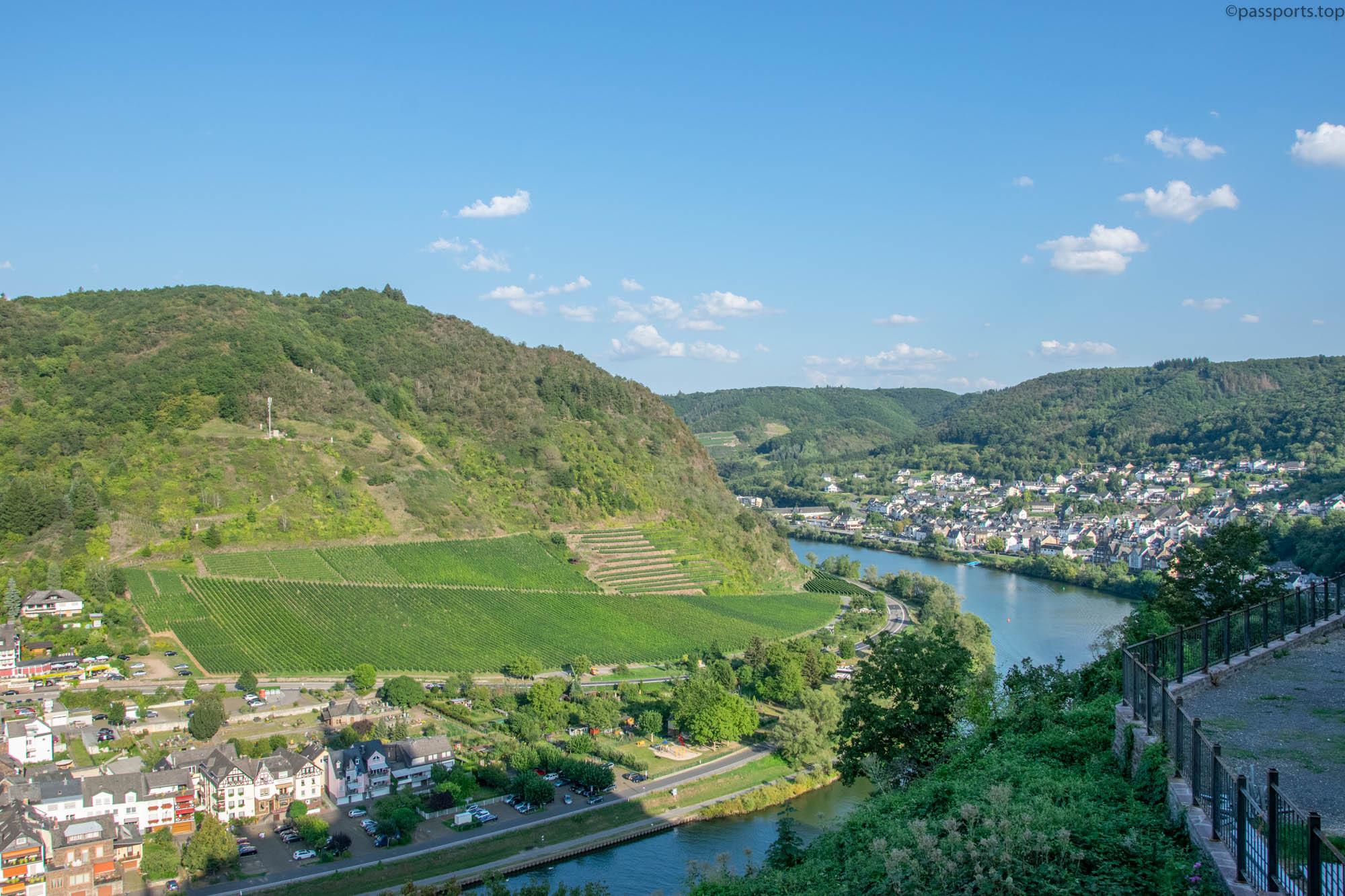
Two years ago we visited the city of Koblenz – a city located at the junction of the Mosel and Rhine rivers and one of the oldest cities in Germany (you can read more details in the article about Koblenz), and now we had the opportunity to visit the cities of Trier, Cochem and the medieval fortress of Eltz, which I will tell you about in the following articles.
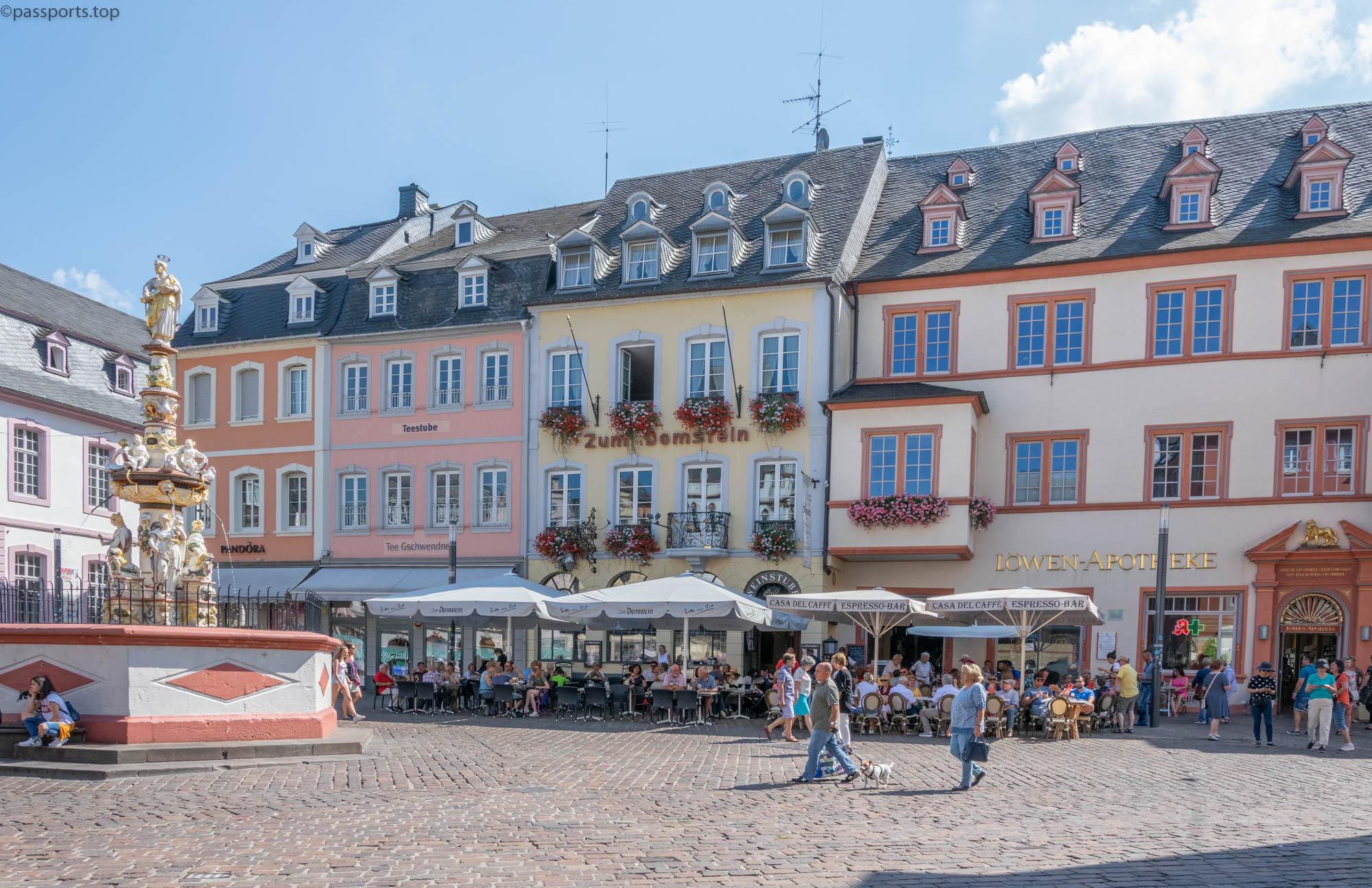
We started on the first day with Trier – the oldest city in Germany, with thousands of years of history preserved quite well and represented by the Roman remains, museums and thermal baths or cathedrals, many of which are part of the UNESCO heritage. Trier was a thriving Roman city established around 15 BC, being so important that it was called the second Rome.
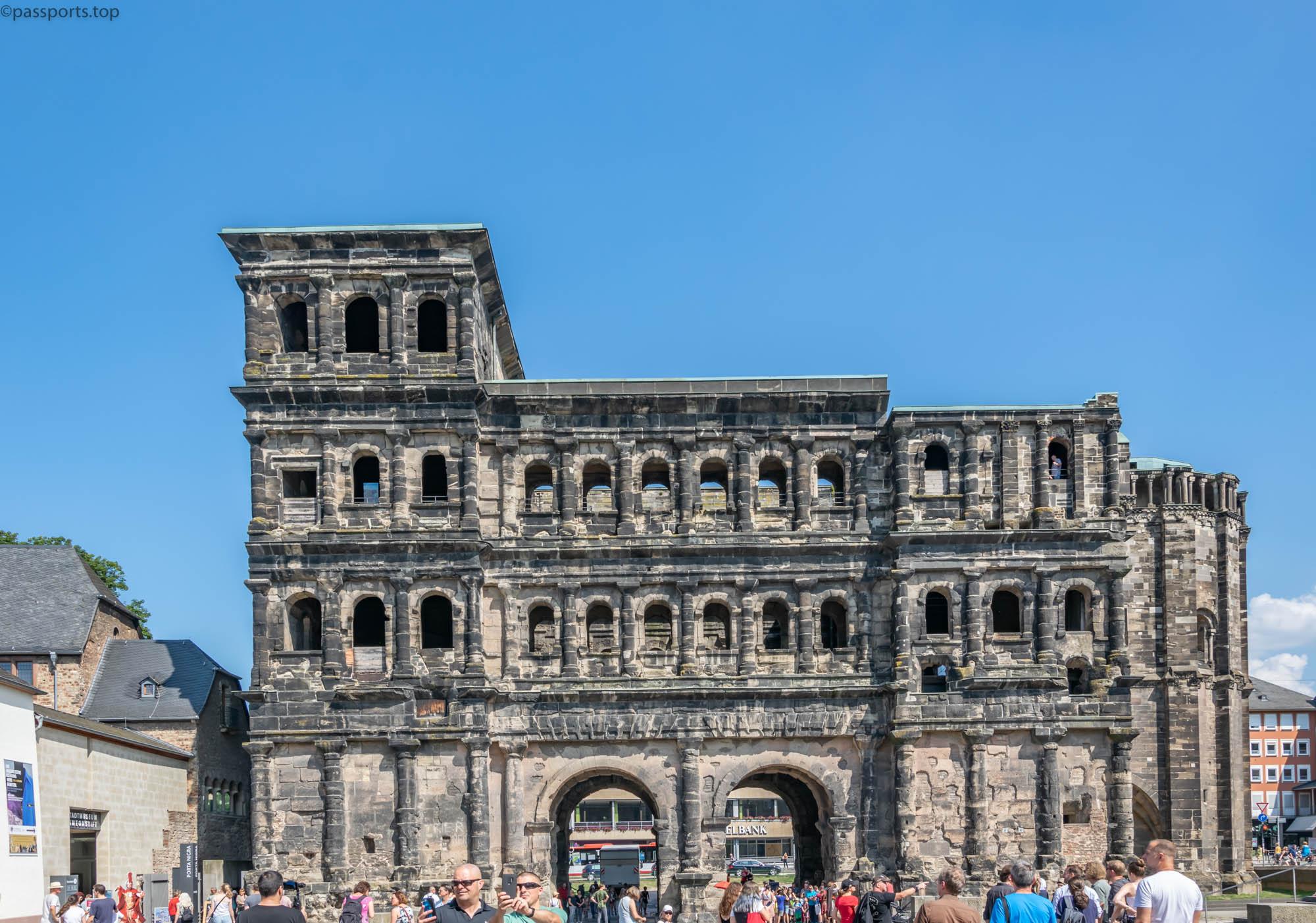
The most important tourist attraction is the Porta Nigra – the largest Roman gate north of the Alps; took shape at the end of the 2nd century and there is no better place to start your tour of the Roman wonders of Trier. It was built at the end of the second century, and in 1986 it was included in the UNESCO World Heritage.
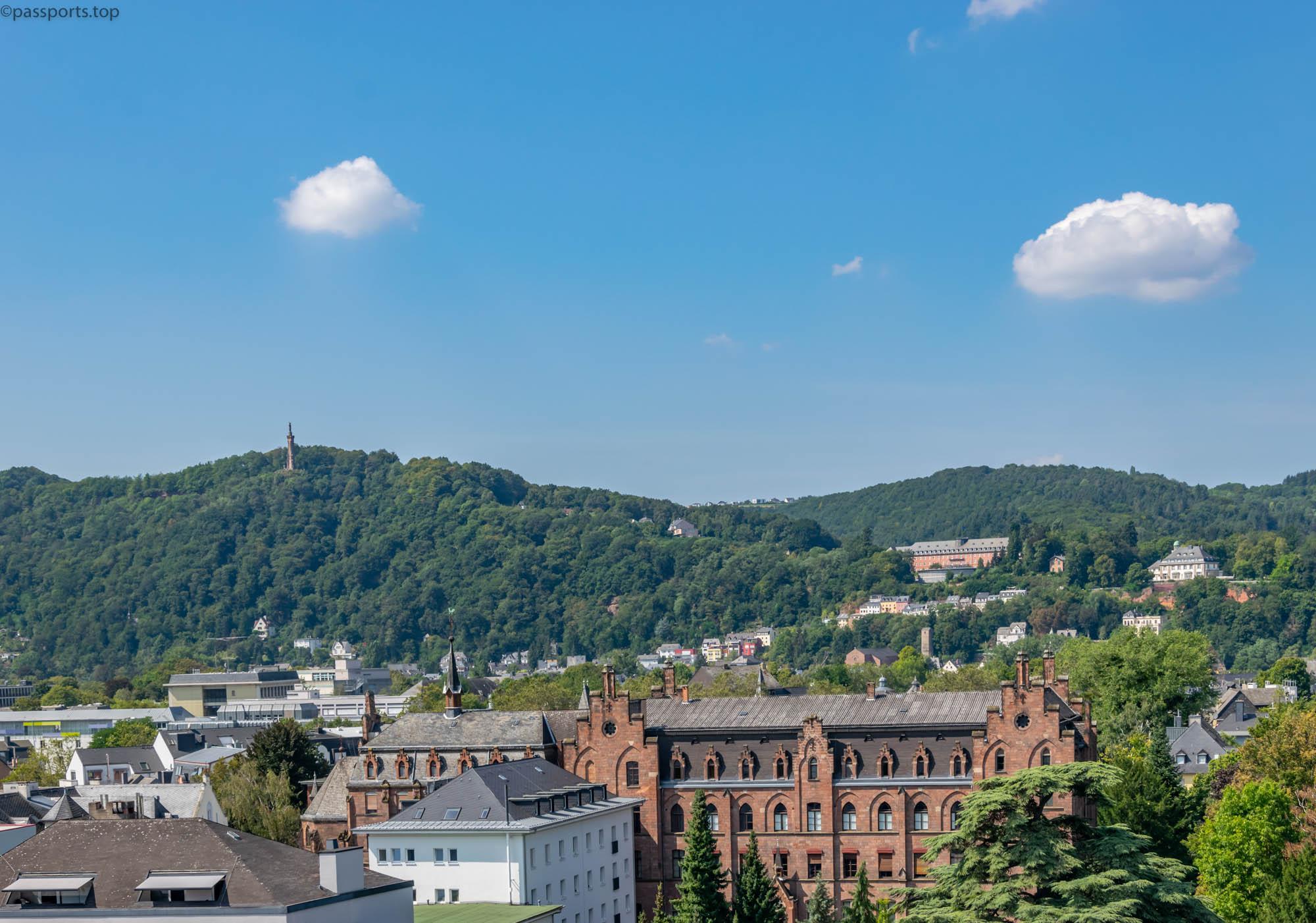
The original gate consisted of two four-story towers, but the construction remained unfinished for unknown reasons. In Roman times, Porta Nigra was part of a system of four gates that guarded the entrances to the city through the four cardinal points: Porta Nigra in the north (the only one that still exists today), Porta Alba in the east, Porta Media in the south and Porta Inclyta in the West. You can visit the Porta Nigra and the 3 floors from where you have a view of the city and the hills surrounding Trier, paying a fee of €2/person.
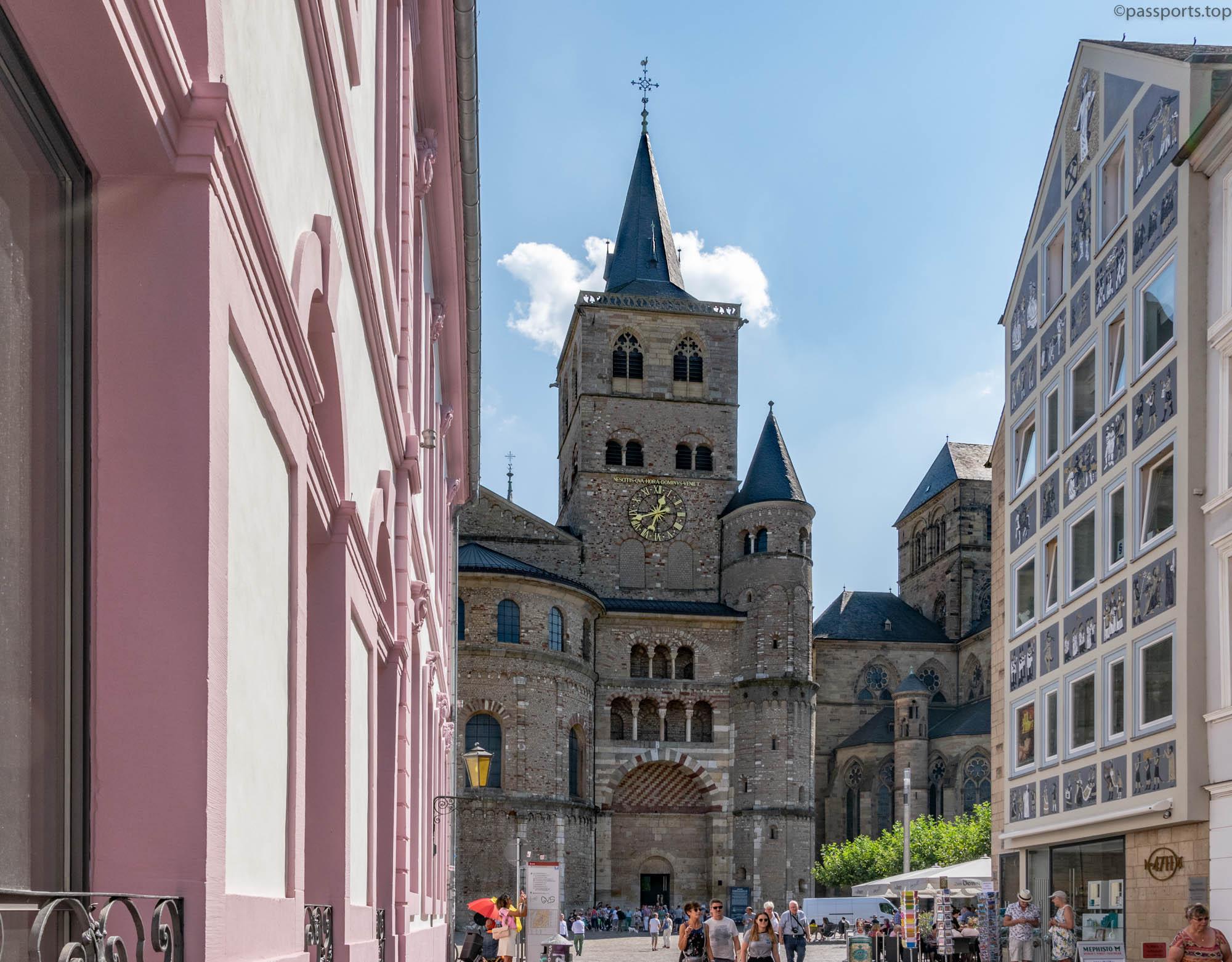
The Trier Cathedral (St. Peter’s Cathedral) is one of the oldest churches in Germany, a large part of the cathedral being built between the 11th and 12th centuries.
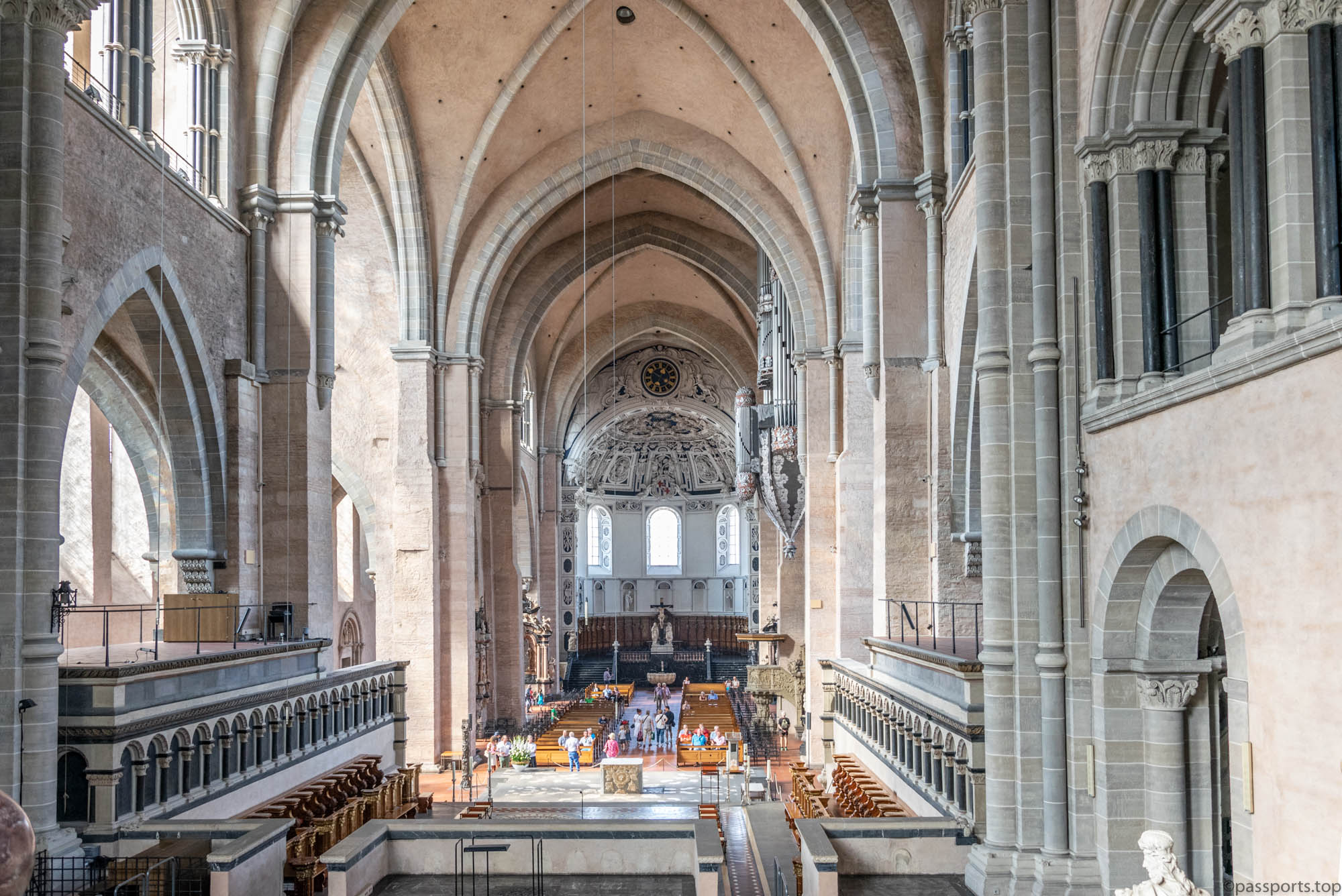
The architectural mix of Baroque, Gothic and Romanesque elements left their mark on the cathedral and made it a work of art, both inside and out.
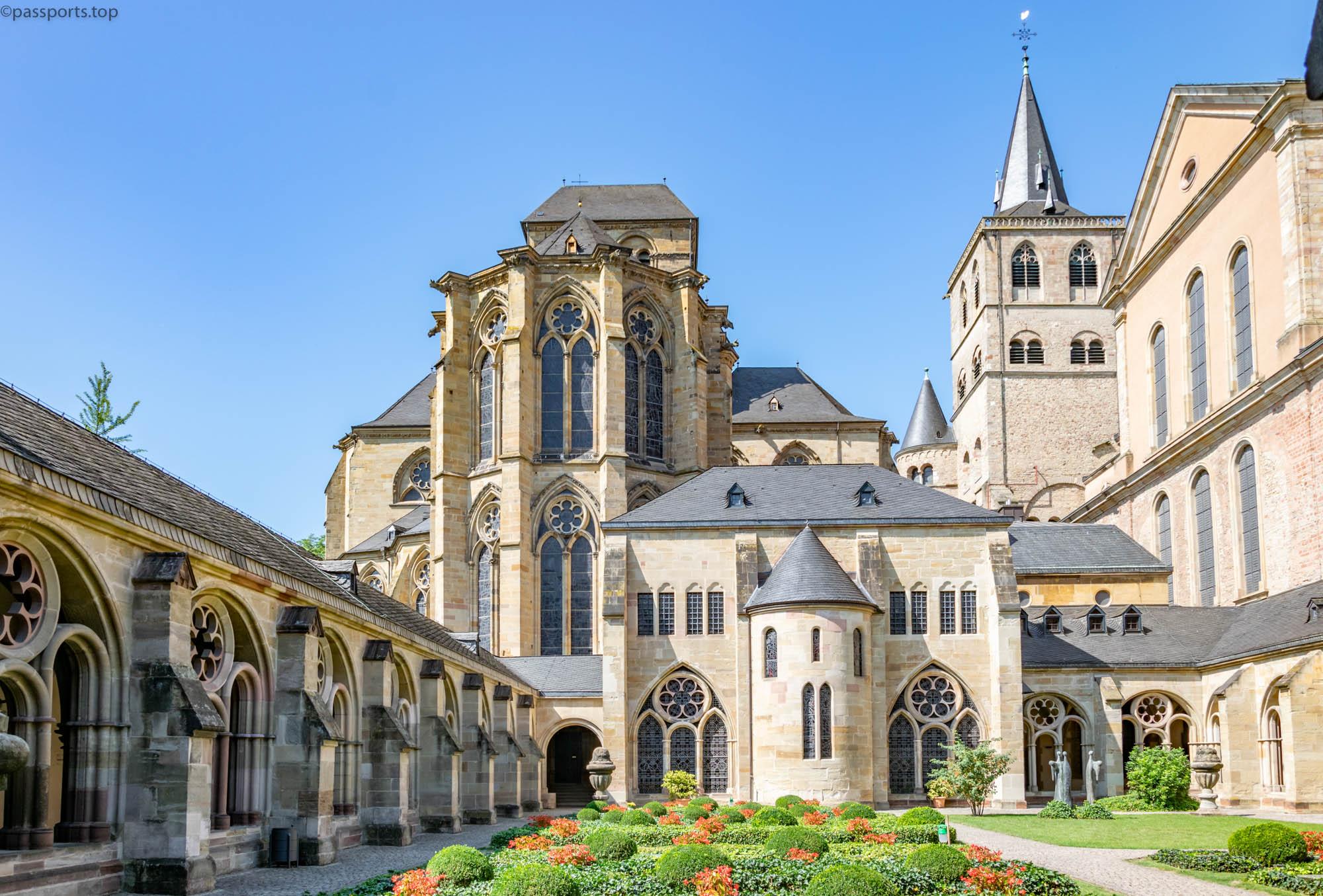
The Liebfraukirche (Church of Our Lady) is one of the thirteen parish churches in Trier. It is separated from the Cathedral by a narrow passage and is the first church built in the Gothic style in Germany, completed in 1260. In 1986 it was included in the UNESCO Heritage, along with the Porta Nigra and the Dom.

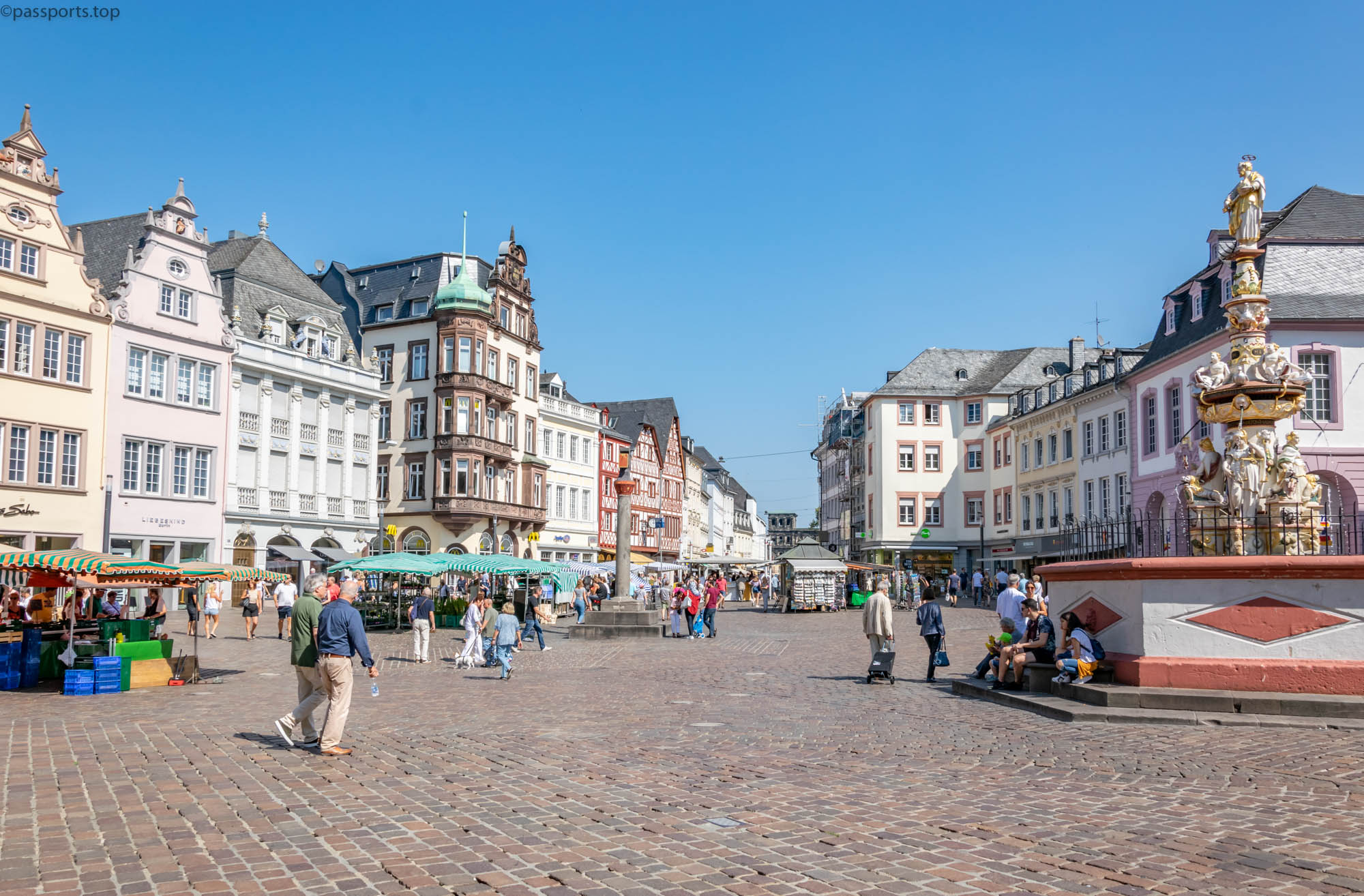
The Hauptmarkt is the old town square located right in the center, where you can stop at a cafe or restaurant to admire the beautiful architecture of the old town. Here are the Cathedral and the Church of Our Lady which, together with the multicolored houses that surround the square, make the Hauptmarkt a notable tourist attraction of Trier.
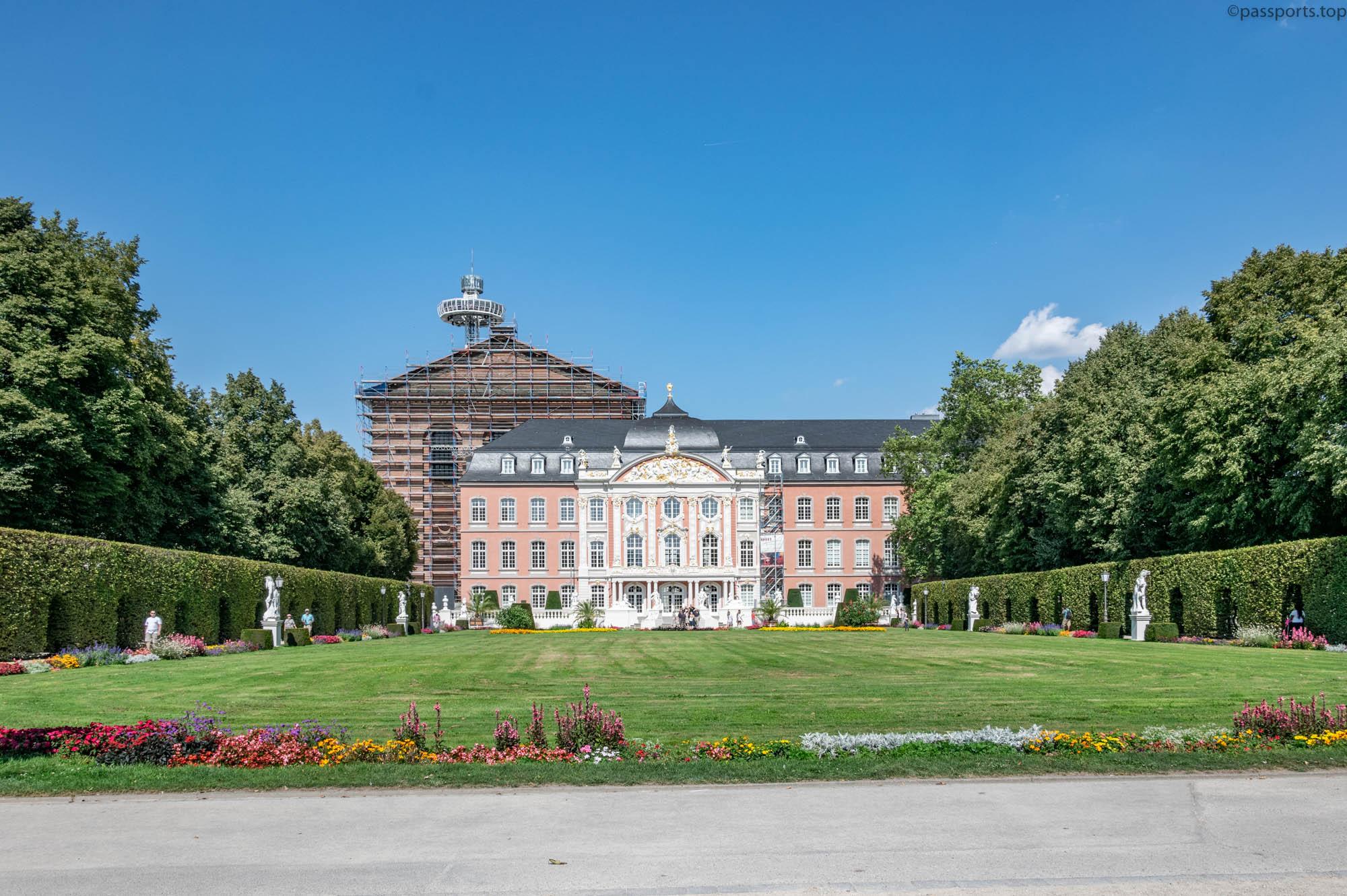
The Electoral Palace built in baroque style and the Palace Gardens with fountains and multicolored flowers are another important tourist attraction of the city.
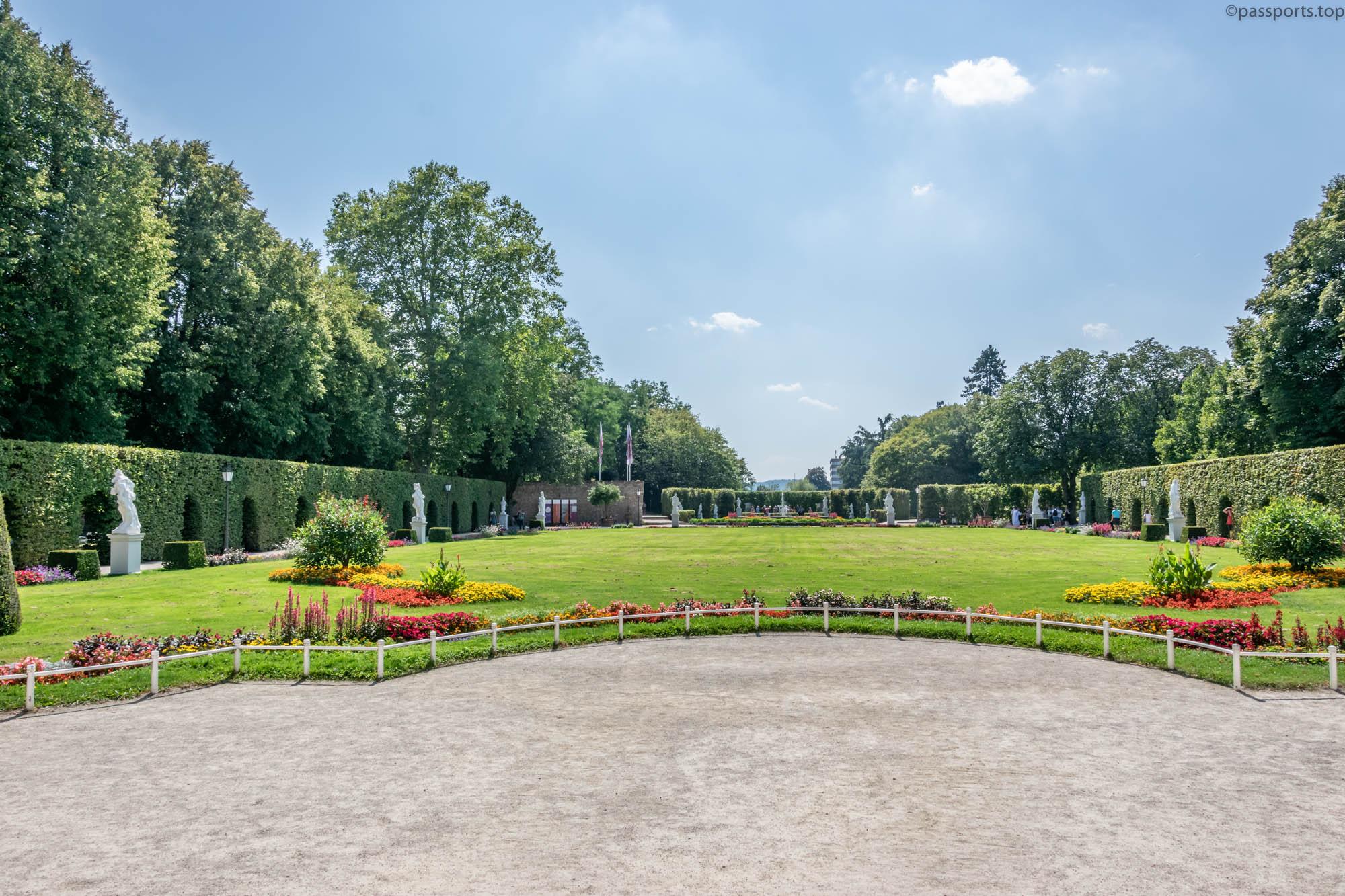
The Gardens, with the long avenues guarded by statues and vaults of greenery under which you can relax on a bench are a must-see in Trier.
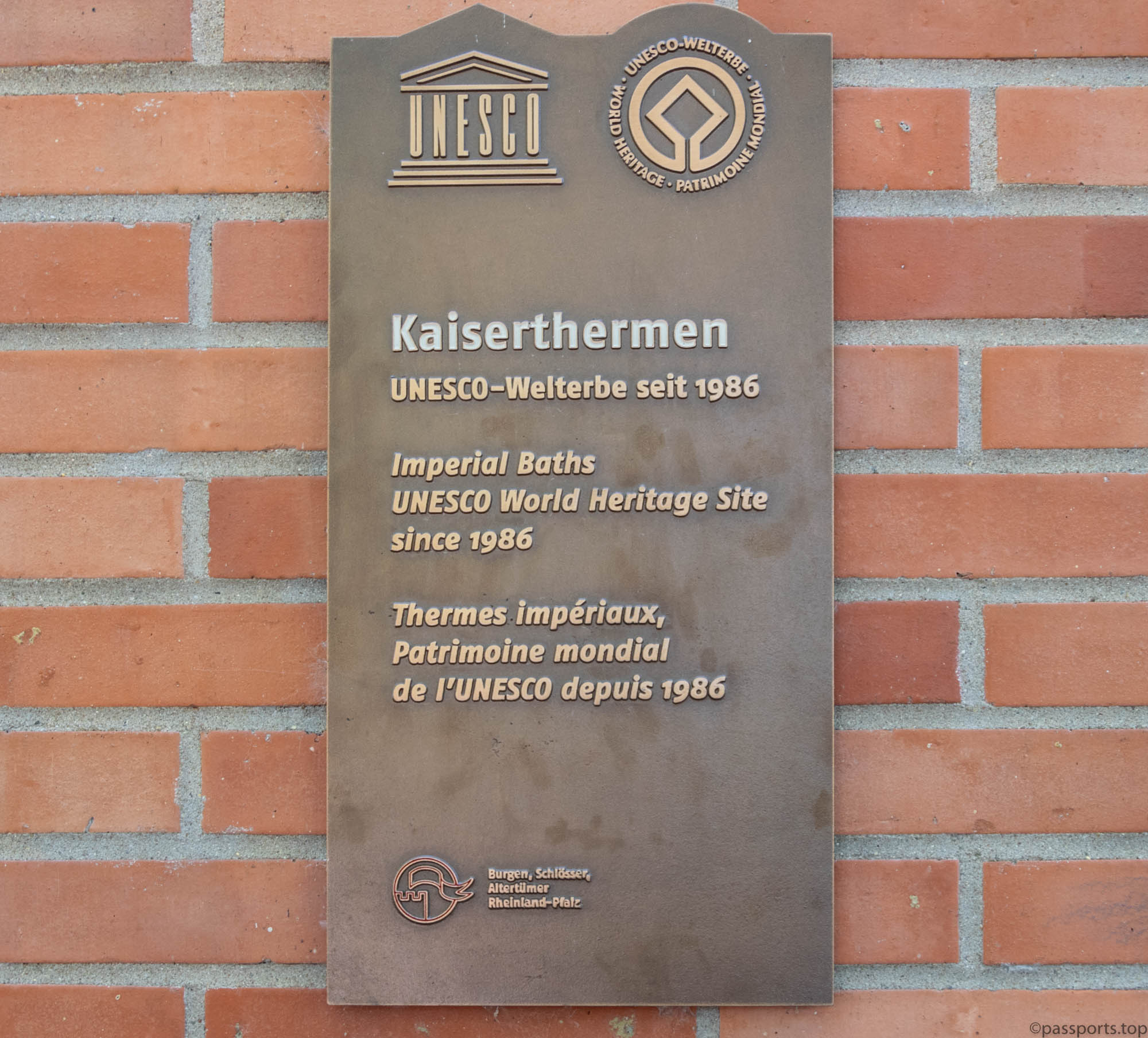
At the end of this complex of gardens are the ruins of the Imperial Baths (Kaiserthermen) – the well-preserved ruins of the Roman public baths, dating from the 4th century.
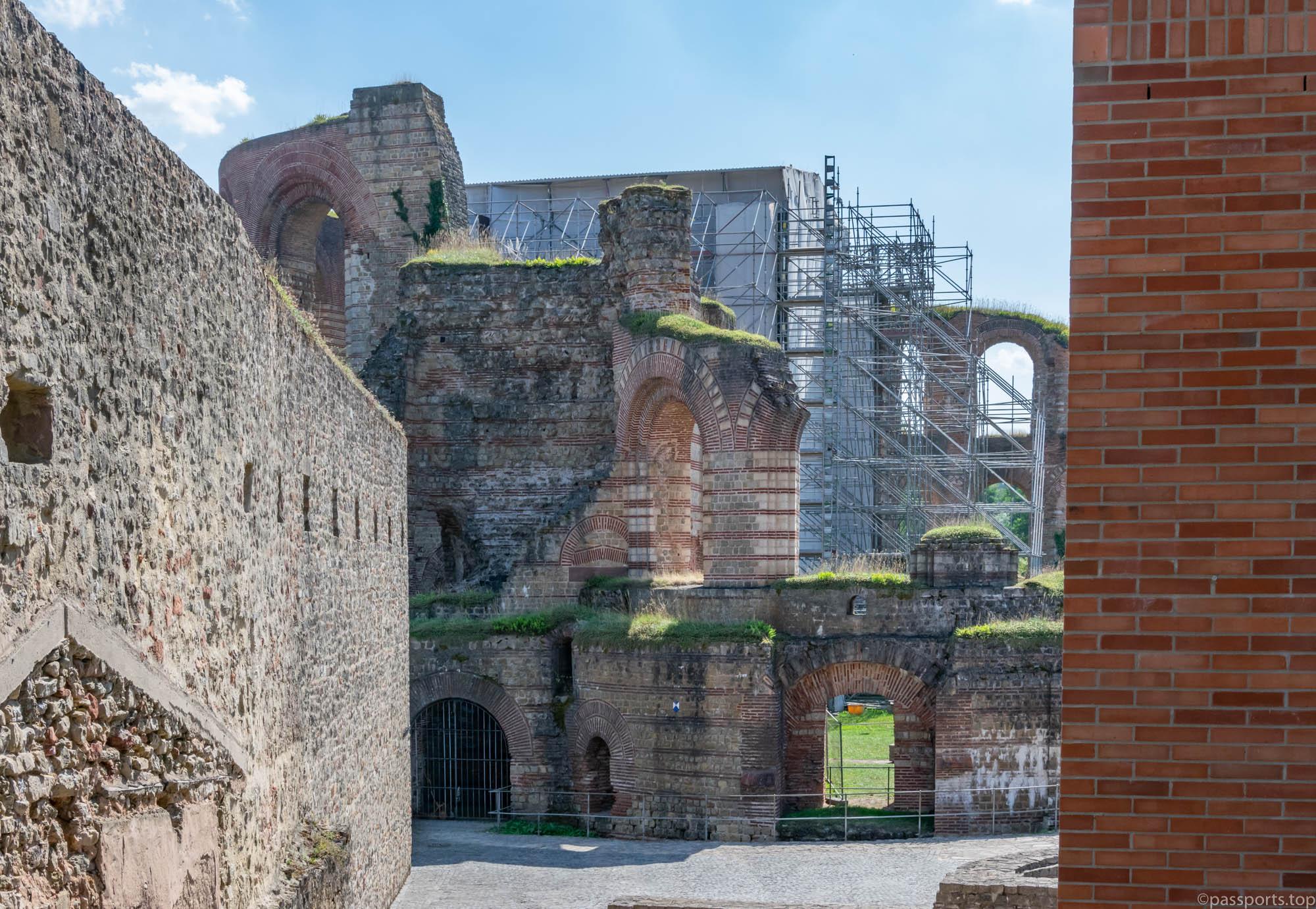
Today only the walls of the hot baths can be seen from the construction. Originally the baths were 294 meters high, but the walls that can be seen today are only 65 meters high, considered to be the largest Roman baths outside of Rome.
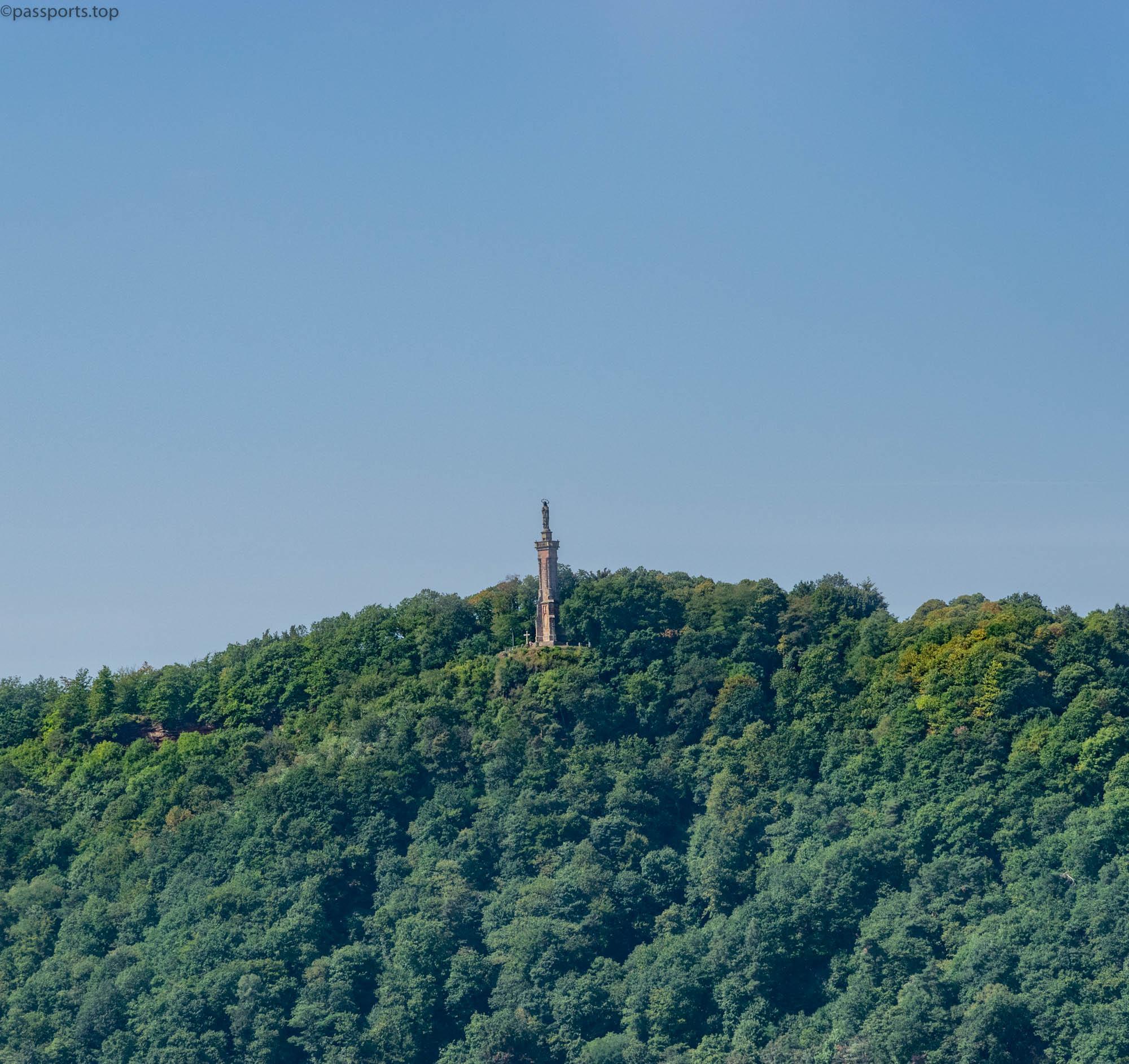
The Mariensäule is a statue depicting the Virgin Mary, located at a height of 300 meters above the Moselle. It is 40 meters high and some sandstone blocks from the Roman city wall were used in the construction, as a recognition of the Roman Catholic tradition.
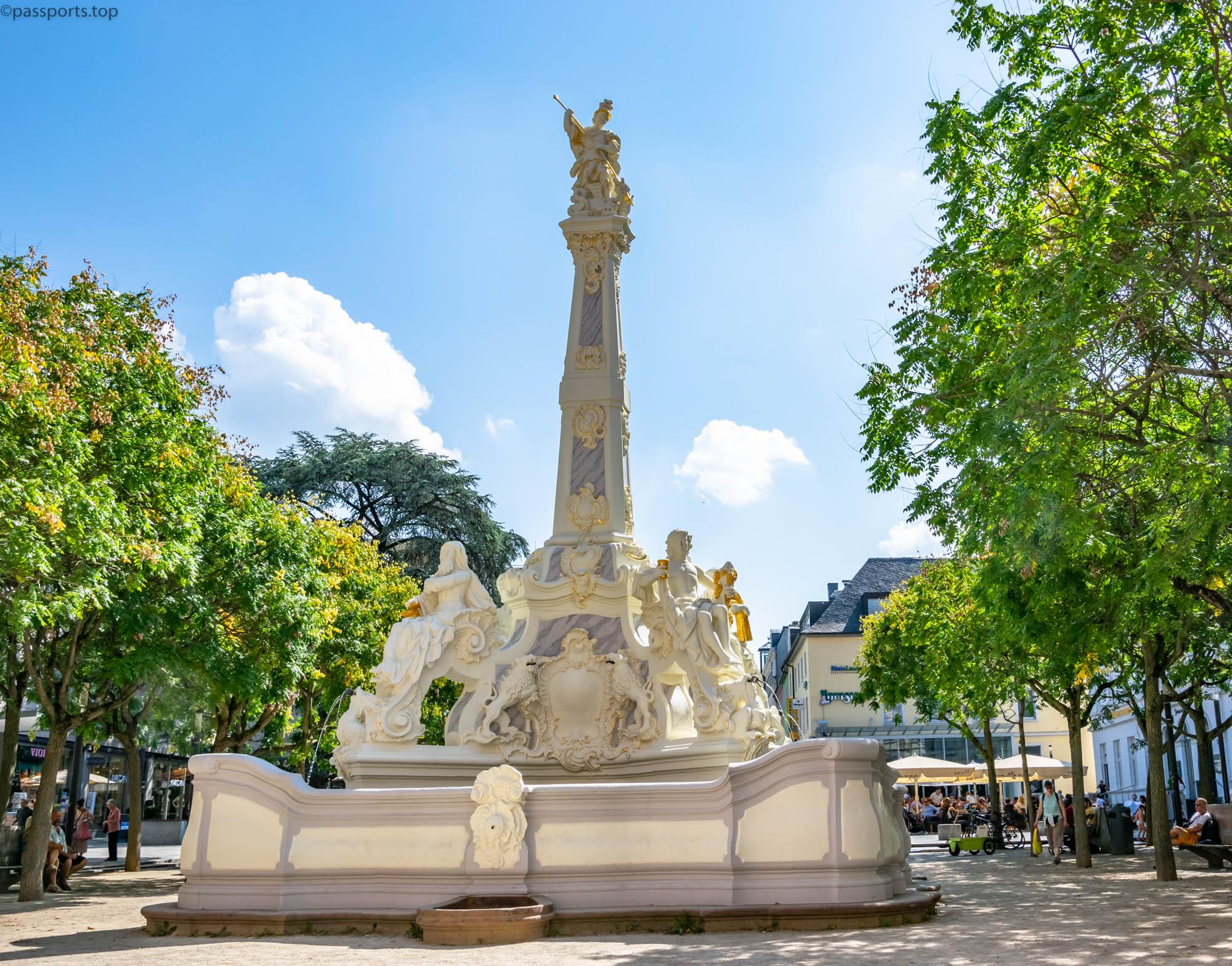
Located in the heart of the most picturesque region of the Mosel Valley, Trier has many attractions to offer that are worth exploring. Its rich and well-preserved history, cozy atmosphere and incredible architecture attract thousands of tourists every year. I hope this article convinces you to add Trier to your “places to visit” list. We left the city behind and continued our way to Cochem.
(Trier – September 2019)

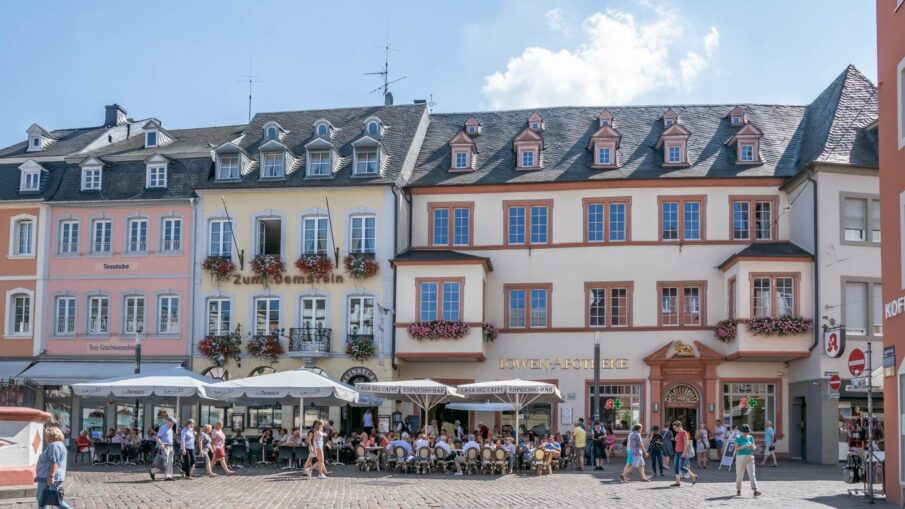
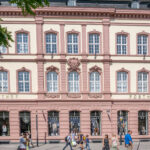
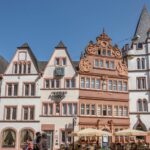
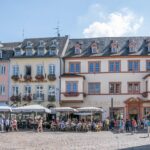
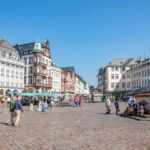
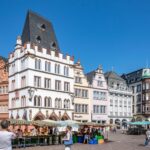

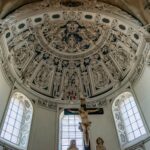

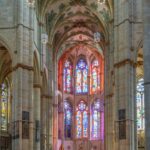
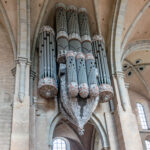
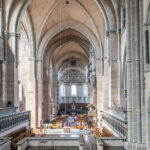
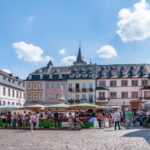
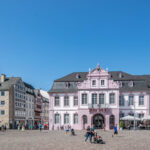
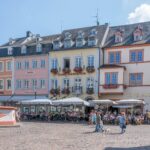
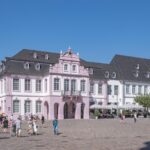

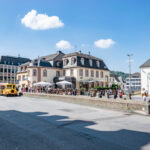



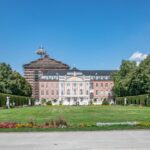
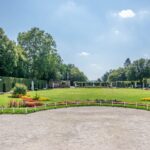
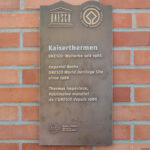
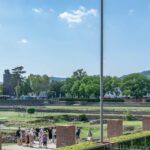
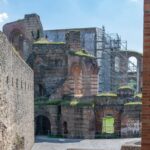

Leave a Reply